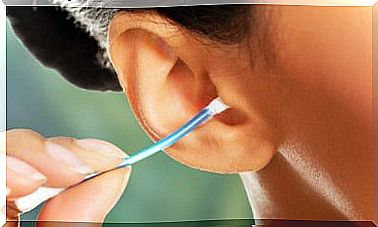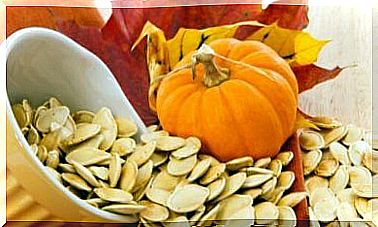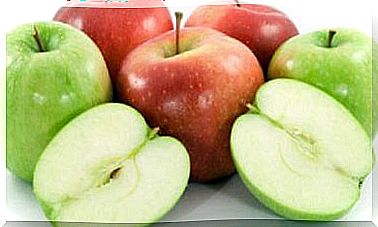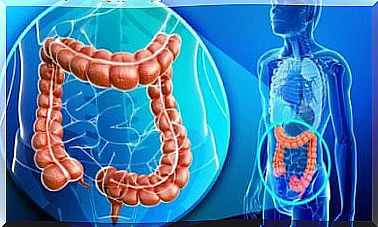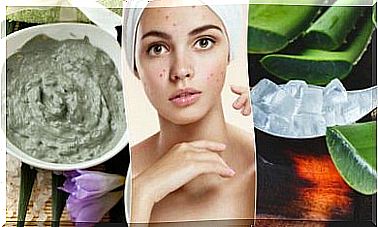Parabens: Characteristics And Methods Of Use
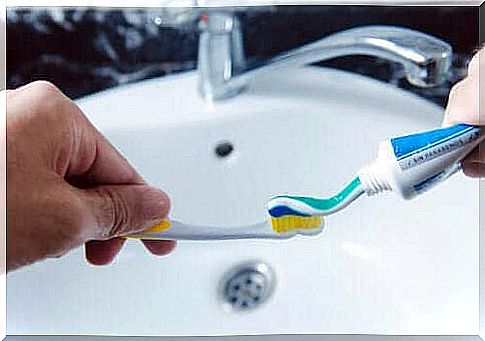
Parabens directly affect the quality of products, extending their shelf life.
Parabens are chemical preservatives used in cosmetics, food and pharmaceutical products. They effectively protect against the multiplication of fungi, bacteria and yeasts. Thus, they prevent the multiplication of elements that can contaminate various products.
Find out more about parabens by reading today’s article.
So it is clear that parabens directly affect the quality of products, extending their shelf life. However, this does not mean that such bacteria would appear if parabens were not used in the products. There are many other alternatives.
Such preservatives are derivatives of para-hydroxybenzoic acid (PHBA), which is produced naturally in the body by the breakdown of certain amino acids.
Types of parabens
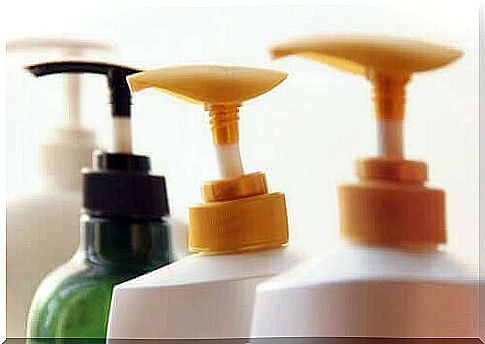
There are two types of parabens:
Organic
Organic parabens are derived from para-hydroxybenzoic acid (PHBA), which occurs naturally in many types of fruit and vegetables. The parabens used in cosmetics are the same as those found in nature. For this reason, they are quickly converted by the body into natural PHBA and then removed.
Synthetic
These parabens are chemicals. There are six different preservatives in this group. They come under names ending in -paraben and include methanol, ethane or propanol.
Parabens are approved for use by health authorities who deem them to be of low toxicity and safe for human consumption. All because they are absorbed and metabolized by the body and removed from it, leaving no toxic residues behind.
How are parabens used?
There are many ways to use parabens. They have been used since 1925 as preservatives in cosmetics, but their varieties are also used to preserve cakes, pre-prepared foods, sodas, sauces and even fresh meat.
They are also part of the composition of various pharmaceutical products, such as cough syrups, antacids, vaginitis treatments and antibiotics, as well as paracetamol and ibuprofen.
They have a preservative and protective effect because they prevent infections caused by microorganisms such as fungi or bacteria. We can easily recognize them by reading the label and seeing their names: methylparaben, propylparaben, butylparaben or benzyl paraben. Usually their concentration ranges from 0.01 to 0.3%.
What is the effect of parabens?
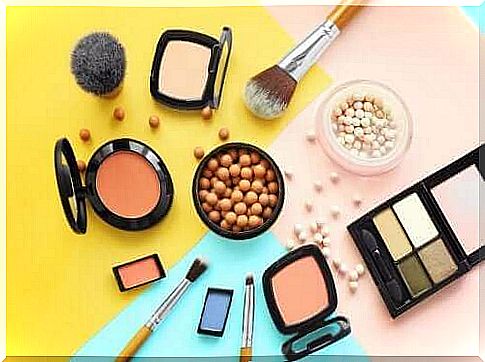
A study was conducted between 2002 and 2004 and results suggest that parabens may be carcinogenic.
Some oncologists at the University of Edinburgh found this when they studied cancer tissue that came from biopsies from women with breast cancer. Analyzing them, they also found traces of parabens in them. Thus, they concluded that they may increase the risk of developing tumors and breast cancer.
Such preservatives also alter the body’s hormonal balance. In addition, there has been an increase in cases of allergic reactions and skin problems such as redness, dryness, inflammation, itching and pain.
Several studies have also confirmed that parabens are well absorbed by the intestines and excreted in the urine. However, it seems that their removal from the skin is not that easy or fast.
With all these problems, many people choose natural products that do not contain parabens. For example , organic cosmetics use other types of natural preservatives that are not toxic.
Are parabens safe?
The US Food and Drug Administration (FDA) has classified some of the commonly used parabens as GRAS. Such a term means that experts consider these substances safe. Of course, they are safe when used as intended.
The FDA is also taking in the Cosmetic Ingredient Review (CIR). It is an independent group of medical and scientific experts who gather quarterly to assess the safety of cosmetic ingredients. They make such an assessment on the basis of data published in the scientific literature and provided by the cosmetics industry.
Summary
Parabens remain a “non-toxic” product, and health regulators continue to recommend their use.
However, research is still being conducted around the world on the long-term effects of their use. They especially apply to adding them to children’s cosmetics, deodorants and nail polishes.
